Turmeric Spiced Latté. Churro Cold Brew Frappé. Blackberry Mint Green Tea. Berry Hibiscus Sour-Ade. These are just a few of the menu offerings at CosMc’s, the new beverage-focused spinoff from McDonald’s and the first new concept the QSR giant has come up with in its 60-year history in the U.S.
With a unique drive-thru format and a customizable beverage lineup designed with Gen Z in mind, the first location was unveiled in Bolingbrook, Illinois last December. Three more have opened since and there are plans for around 10 by the end of this year as part of a pilot of the concept. Apart from the first location, all will be in Texas. 
Named after an obscure character from 1980s-era McDonald’s marketing and decked out with cosmically themed branding, CosMc’s is built around energy-boosting drinks. According to a press release, the concept’s goal is to “solve the 3 p.m. slump by lifting humans up with every sip.” It also offers a slate of food items, including sandwiches (like the "Creamy Avocado Tomatillo Sandwich" in addition to McDonald's breakfast classics) and pretzel bites
The first location boasts a bespoke four-lane drive-thru with digital menu boards (equipped for easy contactless payment) and pick-up windows assigned to customers after they order. Customers can also collect items via a walk-up service. In addition to a drive-thru, the modified third location in North Dallas features kiosks from which customers can order—the team will continue to test various models and configurations. A new loyalty program was announced last month.
One of the most exciting things about CosMc’s, though, is how quickly it all came together… an idea to reality in less than a year by a team of 15.
At RestaurantSpaces Spring in Los Angeles, two of the team’s leaders— Director of Development Sean Schrader and Director of Digital Product and Customer Experience Josh Wesolowski sat down to discuss how CosMc’s came to be.
Innovating, Testing, and Learning
From its inception, all the way to its development and execution, CosMc’s is a display of McDonald’s’ interest in and aptitude for experimentation. As CEO Chris Kempczinski told investors last year, the brand intends to “innovate, test, and learn with speed” from the planned CosMc’s locations.
Emphasis on ‘speed.’ In their conversation at RestaurantSpaces, Schrader and Wesolowski explained that the existing locations are the result of an exceedingly swift development process.
“Everything started in earnest in the first quarter of 2023,” Schrader said, “That's when we were fully staffed up with our team of about 15 folks. From that point on, we were given a shell of an idea of what the concept should be. It basically turned into this team figuring everything out in about 10 months.”
If that seems like a small team for a company as big as McDonald’s, well, that’s because it was. The process they took was a departure from the brand’s usual approach; in fact, they were deliberately partitioned from the base business and given relative autonomy to approach the task as they saw fit.
“We're encouraged to take risks if we need to in order to meet those aggressive deadlines,” Schrader said.
A Design Thinking Approach
As well as autonomy, prioritizing agility and cross-functionality was just as important.
“We had a team leader who set us up for a lot of success, and then we had a menu marketing lead, a brand lead, a consumer insights lead, a finance lead,” Wesolowski explained. “Obviously, I have another tech counterpart, and Sean had a real estate partner and then an operations lead. It was a really small, cross-functional team, and then later on, we added field operations and people just to help as we started to get closer to the pilot.”
The journey began with design thinking exercises like service blueprinting: “You get in a room, you lay out the journey end-to-end, everything that you want the consumer to get across,” Wesolowski said, sharing images of the process. “Whether that's the messaging in the moment, what's happening on the digital front end, what's happening in the back end with operations—you get all the stuff that's in people's heads out on paper.”
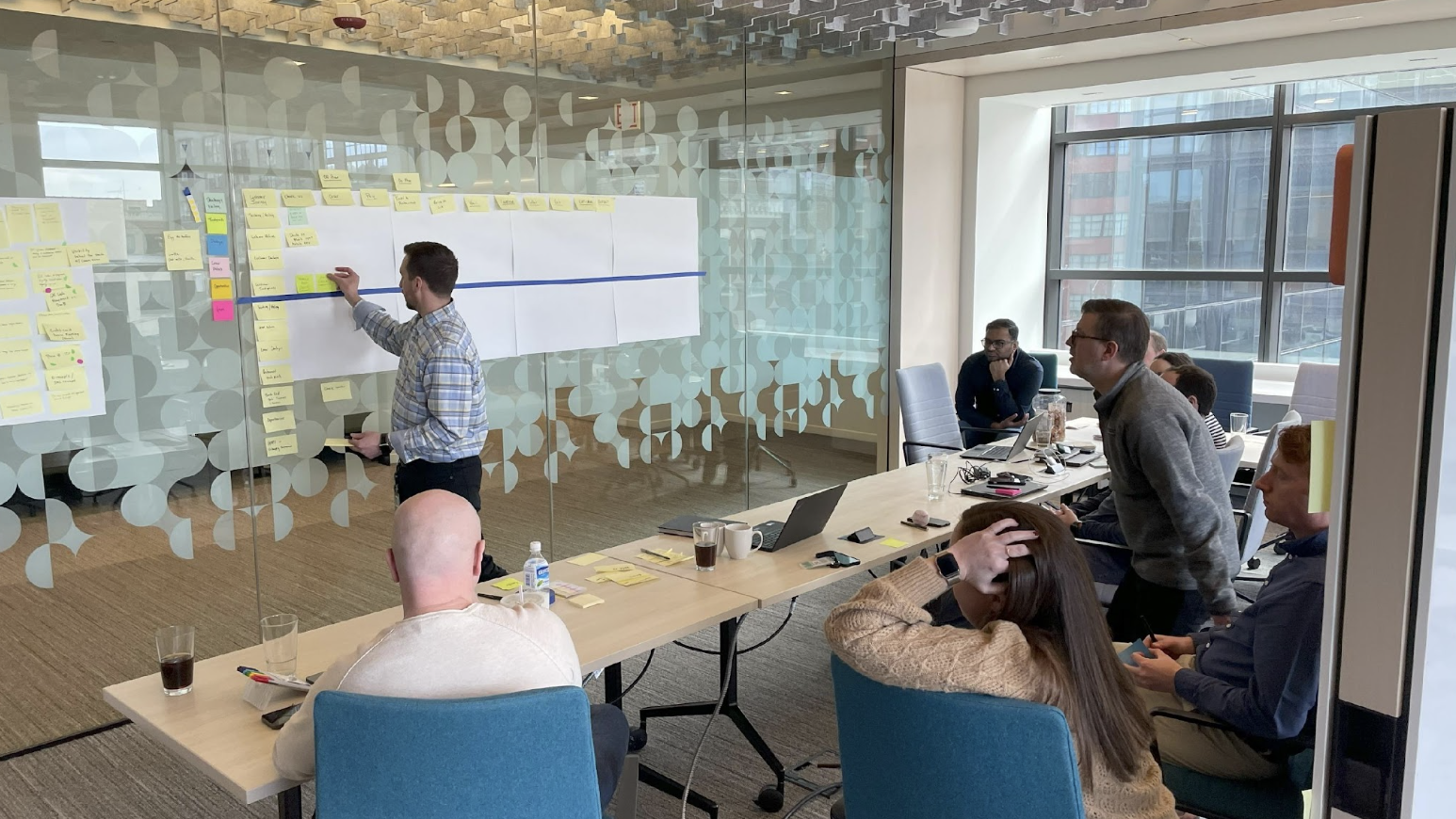
Wesolowski leading the team through a service blueprinting exercise
“You're co-creating the journey with everybody,” he added. “Everyone then has that common understanding, and it raises questions and hypotheses. That becomes your agenda for things to test and build.”
As for the testing and building stage of the process, the team began with what Wesolowski described as a low-fidelity or paper prototype: essentially, they got together in a conference room and created a mock restaurant with tables and whiteboards. Then came the high-fidelity prototype at the company’s Innovation Center outside Chicago, where they recruited consumers to test out physical menu boards and dry-run some of their software.
“We really started to debunk or prove out some of the hypotheses from that service blueprinting,” Wesolowski said. “We would probably do about two tests like this per month, ratcheting up the fidelity each time. And as you’re doing that, you’re de-risking along the way.”
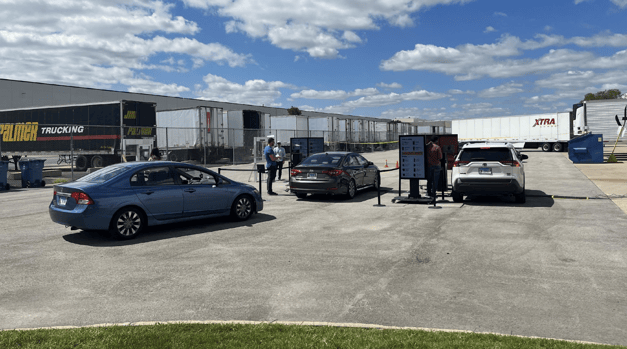
Example of one of the many high-fidelity prototypes that the CosMc's team tested
An Owner’s Mindset
The process also rested on certain key tenets—perhaps the most important of which was to have fun with it, Schrader said. At the same time, he, Wesolowski, and their teammates were encouraged to adopt an owner’s mindset.
“If this was your business, and you're spending this money, what's the direction you feel it should go?” Schrader said. “When you start viewing things from that lens, you get that buy-in quickly, that connection to what you're doing.”
Equally vital was “the 80 percent rule,” which factored into almost all their decision-making.
“It’s just prioritizing progress over perfection: sometimes you don’t need 100 percent, sometimes 80 percent is enough,” Schrader explained. “We go through everything daily and challenge each other on it.”
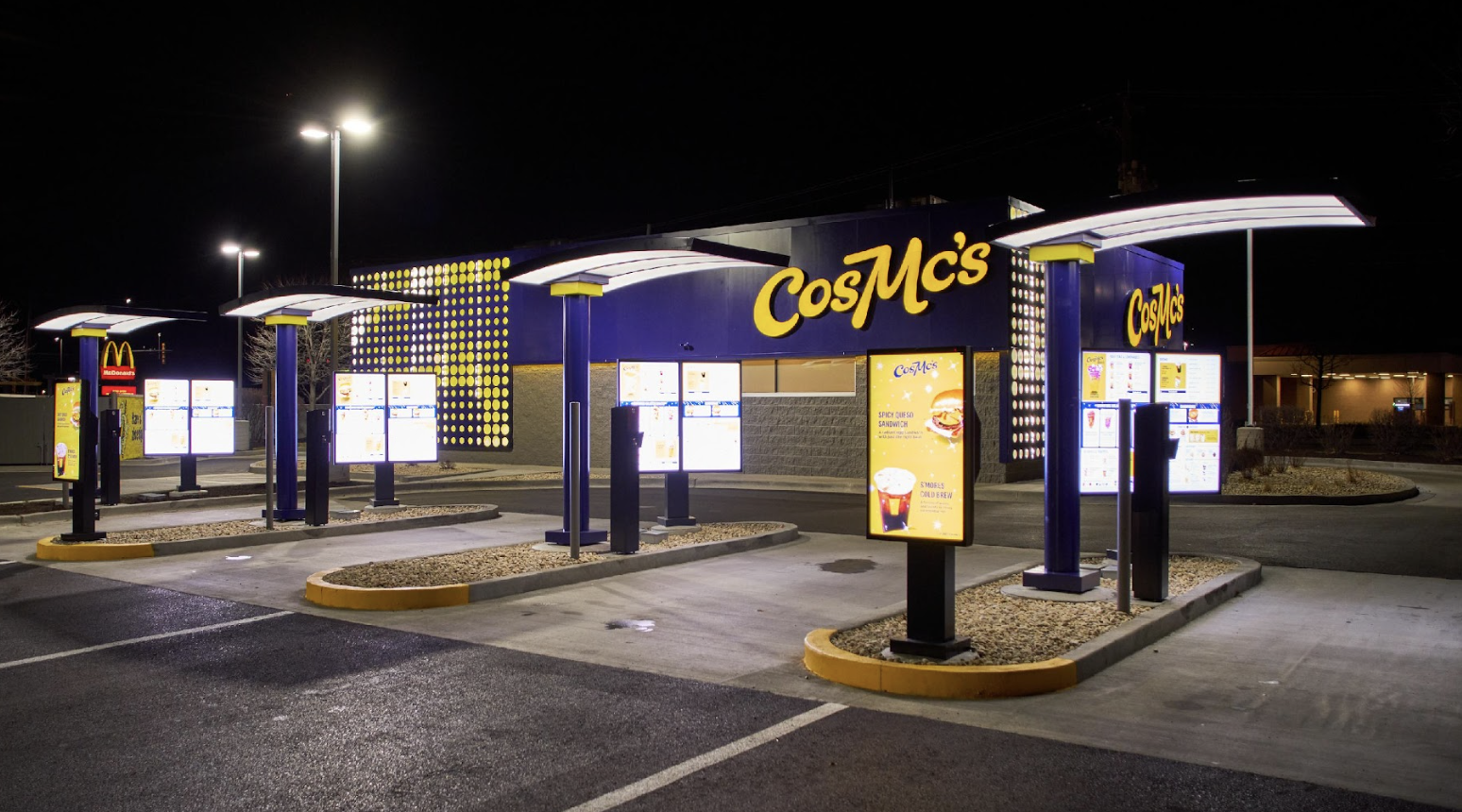
Bolingbrook, IL: After ordering at 1 of the 4 drive-thru bays, guests are informed which window to proceed to
Once all the pilot locations are up and running—in addition to making iterative improvements—the chain will focus on testing and learning. In the meantime, the team has gained key takeaways from the development process. For Schrader, the important thing is to expect the unexpected.
“Things aren't going to always go according to plan,” he cautioned. “Be agile as a team, know that you'll have to pivot at some point, and just ready yourself and be self-aware. Always have a Plan B.”
Wesolowski, meanwhile, came away with a deep appreciation for the power of a dedicated cross-functional team.
“With that top-down leadership support, a relatively flat organization where we were very empowered to make the decisions, to act like an owner—that was the key for us to move at speed and hit this really aggressive goal,” he concluded. “We're all marching towards that.”

Posted by
Chain Restaurants Reimagined.
The Retreat to Reimagine Restaurant Development, Design + Technology.
April 12-14, 2026 | Miami, FL



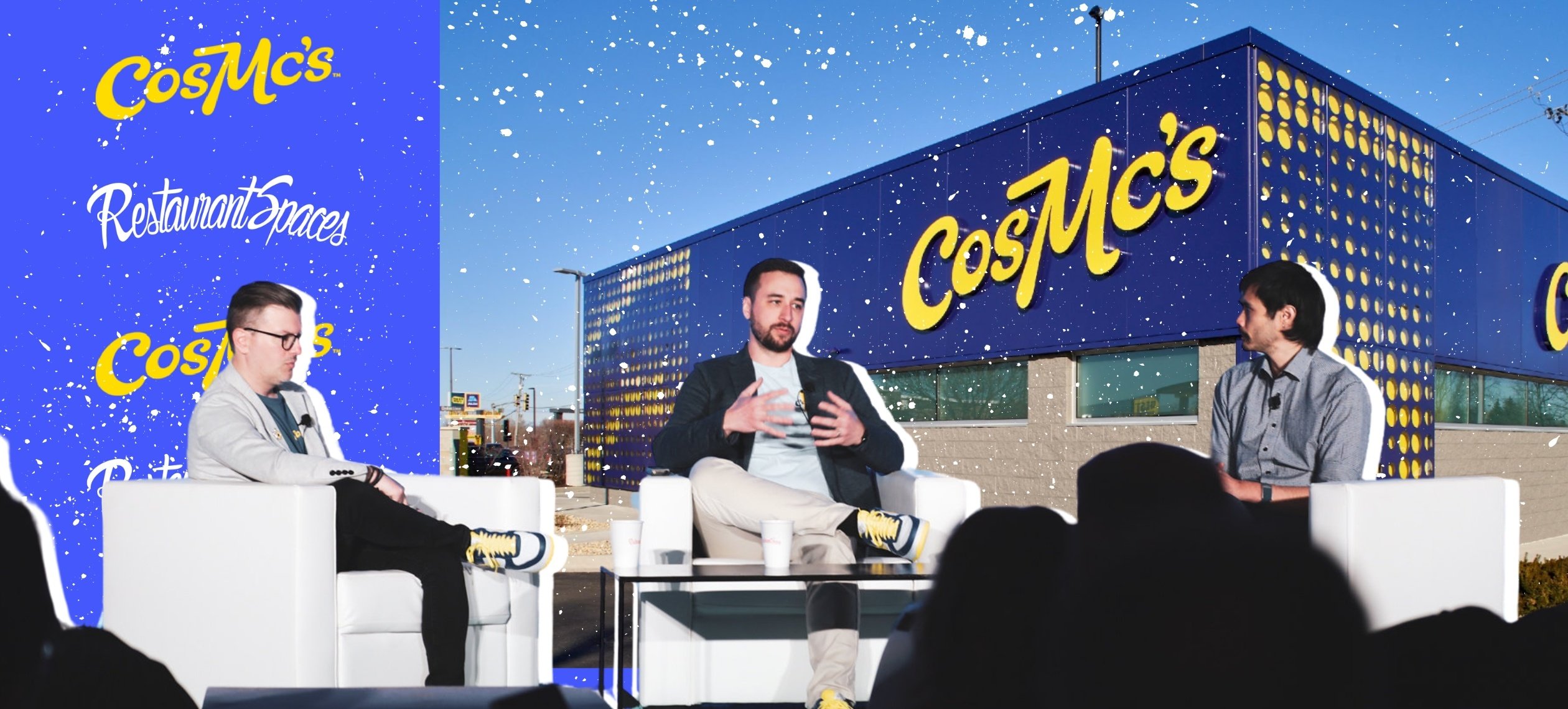

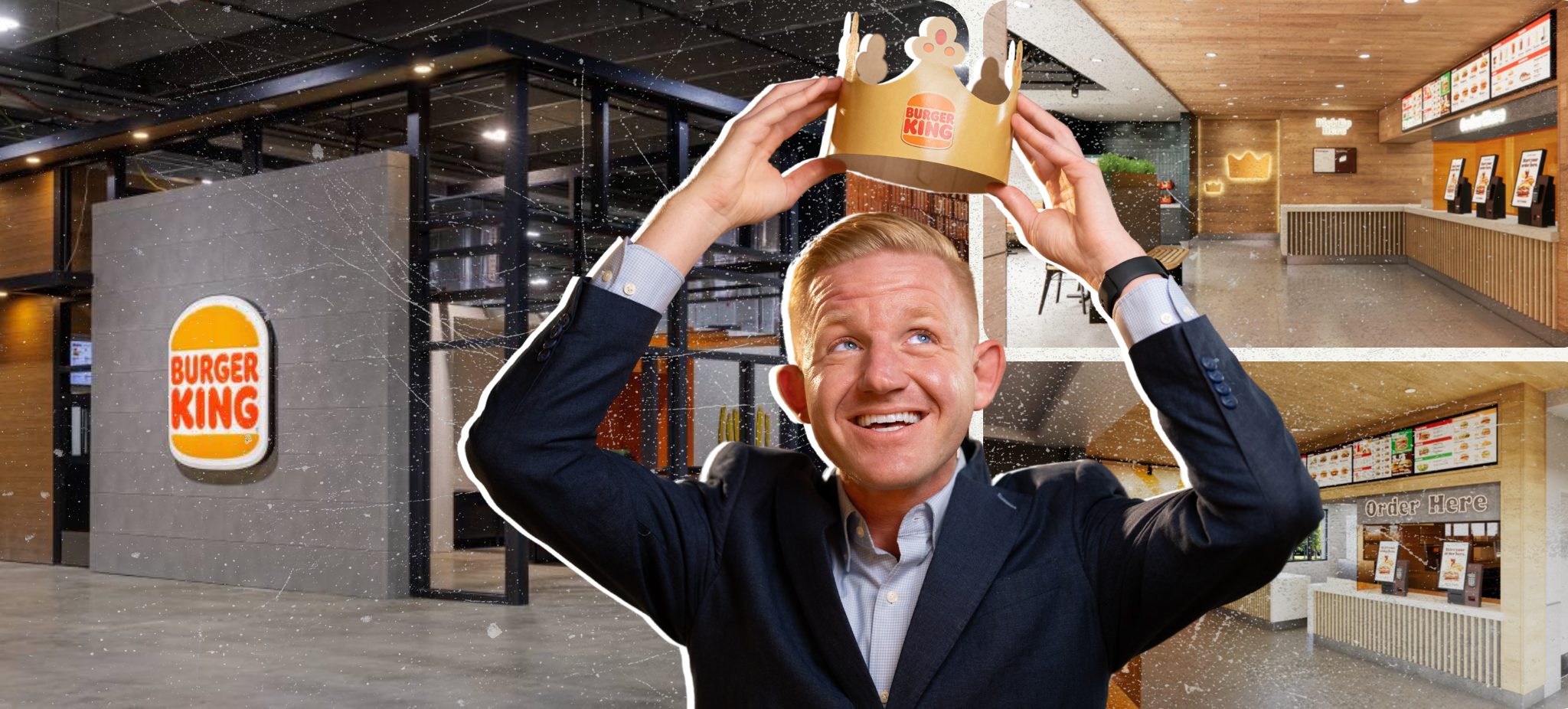
-3.png)
-4.png)
-3.png)


Comments